2010 Honda CR-V

| The Good: – Spacious interior – Storage options galore – Excellent fuel economy |
The Bad: – Not exactly quick – Hard cabin plastics – Offroad abilities |
Honda has become popular over the years, more for their i-VTEC appliances than for their sporting Type-R cars. Indeed, there is a certain segment of car enthusiasts who like to claim that all Honda products are sporting machines, when clearly most of them compete with the likes of Toyota and Kia. The current Honda CR-V is one model that is clearly in the appliance category. But there really is nothing wrong with driving an appliance as competent as the CR-V.
The Japanese company has attempted to inject some character into their compact crossover’s exterior design without hindering the practicality that appliance buyers crave. First introduced in 2007 in this form, the 2010 version receives a minor facelift, while retaining the alien front-end and the curvaceous side-windows. Originally a love-it-or-hate-it affair, the current look does not evoke any emotions nowadays since the CR-V has become as common as an unpaid labourer around here. Changes include a new grille, new bumpers and new wheels.
The cabin has also been given a mild overhaul, with new textures, larger front armrests, better upholstery and other stuff. All dash and door panels are finger-tapping hard plastics, although none of it is shiny thankfully, and the armrests are at least padded. The leather upholstery in our top-of-the-range tester was very nicely done indeed.
The main focus of the five-seater CR-V, possibly its only aim in life, is storage efficiency. Whether storing humans, bicycles or groceries, there are numerous options for anything. Legroom front and rear is immense, possibly more than some midsize 4x4s. In addition, the rear-seat bench can move front and back to increase either cargo room or leg room, with what could be the world’s only 40:20:40-split seatback that can either recline or fold flat, while still having a fold-out centre armrest with cup-holders. Alongside that fine piece of back-seat engineering is a completely flat floor, even up front where the driver can slip into the front-passenger seat without getting out of the car, though the need for that is unclear.
The decent-sized cargo hold now has a double-deck shelf feature. The upper shelf has a limit of only 10 kg and is a bit too heavy to remove easily. The name of the game is storage, with countless cubbies and pockets all over. There are even two frigging glove-boxes. The aforementioned flat floor up front actually cuts down the size of the centre-console storage, but it still has some useful cup-holders and covered cubbies.
Tech features are limited, but adequate in most cases. In our tester, all the usual power accessories were present, as was a powered driver’s seat, cruise control, auto-dimming mirror, keyless entry, sunroof, front-side airbags, above-average CD/MP3 stereo with iPod support, a good dual-zone auto a/c, and even HID headlights with an adaptive turning feature. However, there is no push-button start, no rear a/c vents, and definitely no navigation option. We liked the sizeable monochrome LCD info-screen within the gauges, as well as the little overhead “conversation” mirror to keep an eye on the kids. The ergonomics were reasonable, but not ideal due to pea-sized buttons for some stereo and a/c functions.
The 2010 version continues with the 2.4-litre 4-cylinder, with 168 hp at 5800 rpm and 218 Nm at a high 4200 rpm, even though Western markets get a better motor. The existing engine is smooth but requires noisy revs to get it moving, but it is perfectly adequate for a vehicle like this. Mated to a simplistic 5-speed automatic and front-biased all-wheel-drive, driving a CR-V is always uneventful. We managed a ho-hum 0-100 kph run of 10.6 seconds, but it is the fuel economy that bowled us over. Burning only 11.2 litres/100 km during our time, the CR-V is almost as efficient as some compact cars.
The CR-V is fairly comfortable, but by no means riding on air. The suspension tuning is slightly firm, so certain roads feel a bit jittery, but otherwise it is smooth enough. Sound-deadening is average, with wind noise becoming prominent by 120 kph. The handling is rather acceptable, and actually a bit entertaining. The mild firmness of the ride means there is no floatiness over bumps, and body roll is moderate at the limit, with no bouncy rebound when coming out from sharp turns. Wrapped on 17-inch alloys, taking the 225/65 tyres to the squealing edge of adhesion is rather easy, and the combination of all-wheel-drive and stability control simply eases in some understeer safely. The steering feels softly weighted, but it still offers some feedback, which is surprising given that it is an electric power steering system. And the ABS-assisted disc brakes are largely adequate.
A few words need to be said about the CR-V’s offroad ability, which is to say there are none. Despite the high-mounted plastic bumpers hinting at some climbing aptitude, the CR-V is not equipped with either a 4WD-lock, or low-range gearing, or even bestowed with enough ground clearance. It is best to stick to gravel tracks and flattened beach areas.
Coincidentally, the week after we drove the CR-V, a couple of different acquaintances asked us what affordable crossover to buy, and we ended up recommending the CR-V every time. To truly impress us and reach our actual recommended list, Honda will have to either get rid of the hard cabin plastics or reduce its price further. But otherwise, it is possibly the most practical and efficient compact crossover we’ve driven so far.

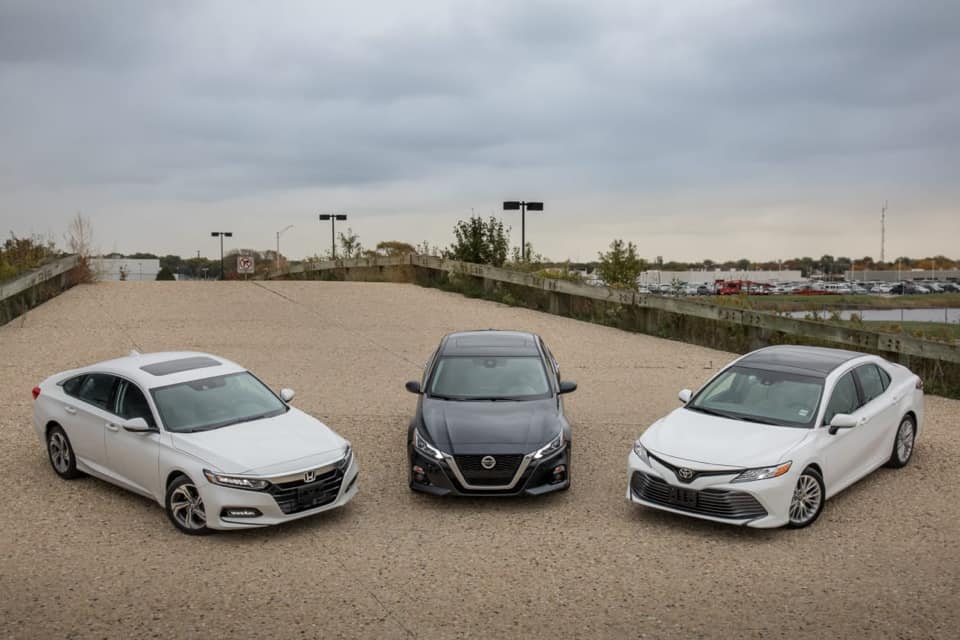

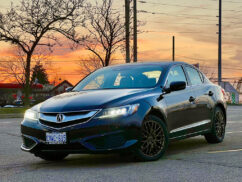


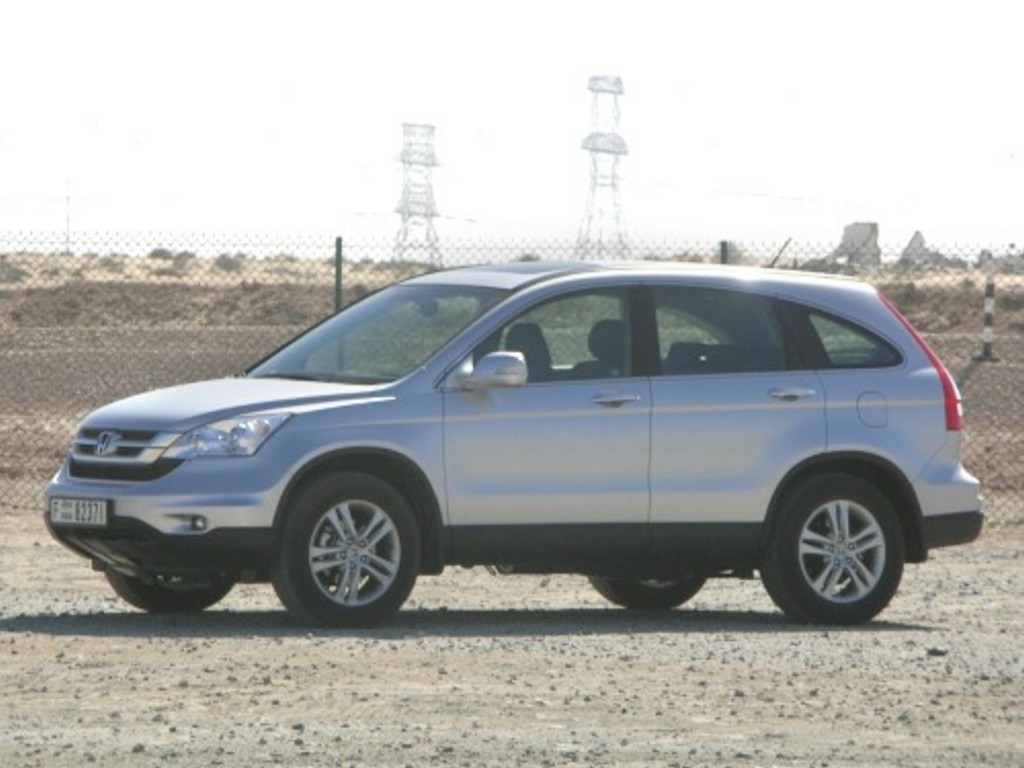

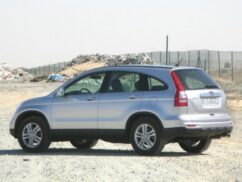

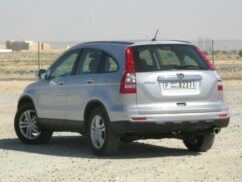
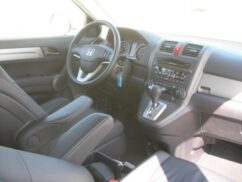
There are no comments. Be the first!